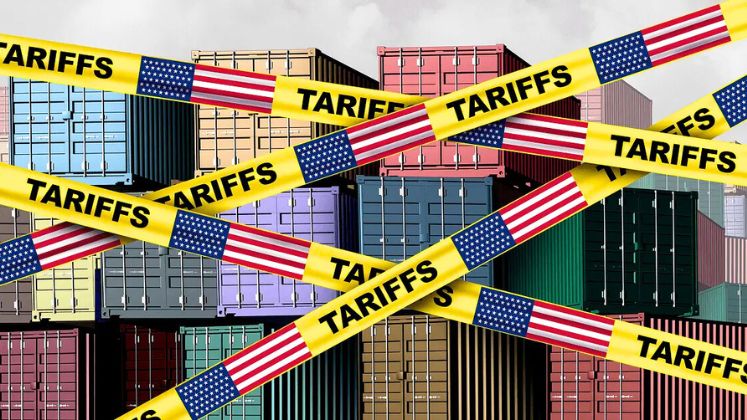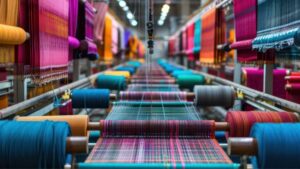
US-based textile importers are contacting Indian exporters and requesting that they cover any future expenses resulting from US tariffs, two industry executives have reportedly said. According to the executives, if they grant the importers’ requests, the industry will suffer from declining margins on exported goods.
“The day before yesterday, these US-based importers sent us an email requesting a 10 per cent discount on all future orders. Even now, this is taking place,” Groyyo founder Subin Mitra stated. While business will flow to India, Mitra stated that the final product margins will undoubtedly be under more pressure than before.
There will undoubtedly be pricing pressure on the supply chain, he continued, adding that most brands view it this way: because the full 20 per cent cannot be absorbed, why don’t prices be lowered by 10 per cent to 12 per cent so that the remaining 10 per cent can be absorbed by the Indian exporters.
Executives, however, assert that the difference in reciprocal tariff rates will benefit Indian exporters and manufacturers more than nations like China, Vietnam, Cambodia, and Bangladesh, which will be subject to higher duties than India.
According to the executives, the margin will be under pressure, but Indian manufacturers or exporters will benefit from the differential tariff rates when they go into force after ninety days.
They emphasise that this is a “very interesting opportunity” and that, even with the discounts, Indian items will be 10–15 per cent less expensive than those on the market.
Additionally, buyers are haggling with exporters to have them pay the increased tariffs, according to Rahul Mehta, Chief Mentor, Clothing Manufacturers Association Of India (CMAI).
According to the Commerce and Industry Ministry’s official data, the textile and clothing sector accounts for 12.3 per cent of exports, 13.0 per cent of industrial production, and 2.3 per cent of GDP.
The value of India’s textile exports in 2023–2024 was US $ 34.4 billion, with clothing accounting for 42 per cent of the export basket, followed by raw materials and semi-finished goods at 34 per cent and finished non-apparel goods at 30 per cent. With over 45 million people directly employed, including many women and those living in rural areas, it is also the second largest employer after agriculture.






